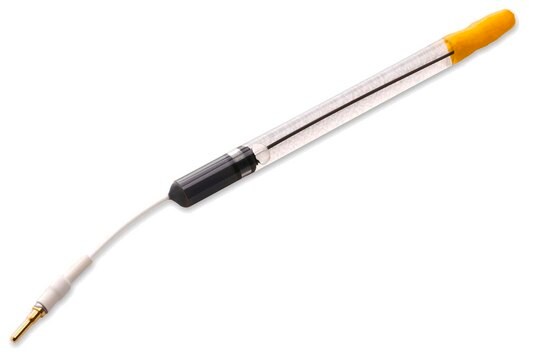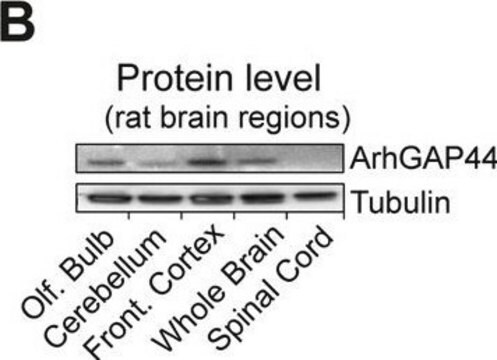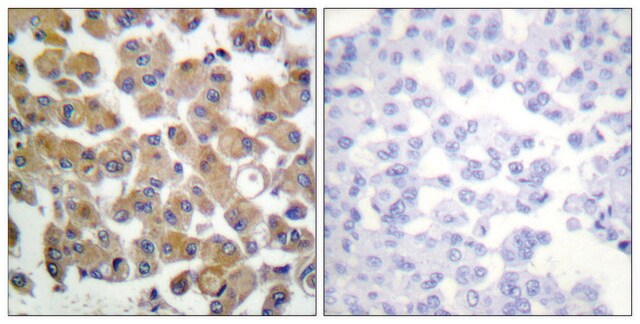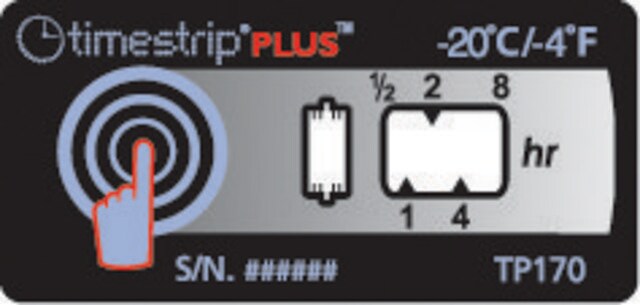ABC131
Anti-Ambra1 Antibody
from rabbit, purified by affinity chromatography
Sinonimo/i:
Activating molecule in BECN1-regulated autophagy protein 1, Ambra, Ambra-1
About This Item
Prodotti consigliati
Origine biologica
rabbit
Livello qualitativo
Forma dell’anticorpo
affinity isolated antibody
Tipo di anticorpo
primary antibodies
Clone
polyclonal
Purificato mediante
affinity chromatography
Reattività contro le specie
mouse, human
Reattività contro le specie (prevista in base all’omologia)
rat (based on 100% sequence homology)
tecniche
western blot: suitable
N° accesso NCBI
N° accesso UniProt
Condizioni di spedizione
wet ice
modifica post-traduzionali bersaglio
unmodified
Informazioni sul gene
human ... AMBRA1(55626)
Descrizione generale
Specificità
Immunogeno
Applicazioni
Apoptosis & Cancer
Apoptosis - Additional
Western Blotting Analysis: 1 µg/mL of a representative lot detected Ambra1 in human cell lysates (HeLa & U87MG) and in mouse tissue homogenates (liver, kidney, and embryo), as well as exogenously expressed myc-Ambra1 in lysates from transfected HEK293 cells. (Courtesy of Dr. Sabrina Di Bartolomeo, Cecconi Lab at the Dulbecco Telethon Institute, Italy).
Western Blotting Analysis: Target specificity of a representative lot was confirmed by Western blotting analysis of Ambra1-knock mouse embryos and HeLa cells treated with Ambra1 siRNA. (Courtesy of Dr. Sabrina Di Bartolomeo, Cecconi Lab at the Dulbecco Telethon Institute, Italy).
Western Blotting Analysis: A representative lot detected decreased Ambra1 expression in tissue homogenates (kidney, liver, and lung) from Ambra1+/- mice when compared with tissue samples from wild-type mice. (Cianfanelli, V., et al. (2015). Nat. Cell Biol. 17(1):20-30).
Qualità
Western Blotting Analysis: 1 µg/mL of this antibody detected Ambra1 in 10 µg of MCF7 cell lysate.
Descrizione del bersaglio
Stato fisico
Stoccaggio e stabilità
Risultati analitici
MCF7 cell lysate
Altre note
Esclusione di responsabilità
Non trovi il prodotto giusto?
Prova il nostro Motore di ricerca dei prodotti.
Codice della classe di stoccaggio
12 - Non Combustible Liquids
Classe di pericolosità dell'acqua (WGK)
WGK 1
Punto d’infiammabilità (°F)
Not applicable
Punto d’infiammabilità (°C)
Not applicable
Certificati d'analisi (COA)
Cerca il Certificati d'analisi (COA) digitando il numero di lotto/batch corrispondente. I numeri di lotto o di batch sono stampati sull'etichetta dei prodotti dopo la parola ‘Lotto’ o ‘Batch’.
Possiedi già questo prodotto?
I documenti relativi ai prodotti acquistati recentemente sono disponibili nell’Archivio dei documenti.
Articoli
Autophagy is a highly regulated process that is involved in cell growth, development, and death. In autophagy cells destroy their own cytoplasmic components in a very systematic manner and recycle them.
Il team dei nostri ricercatori vanta grande esperienza in tutte le aree della ricerca quali Life Science, scienza dei materiali, sintesi chimica, cromatografia, discipline analitiche, ecc..
Contatta l'Assistenza Tecnica.





